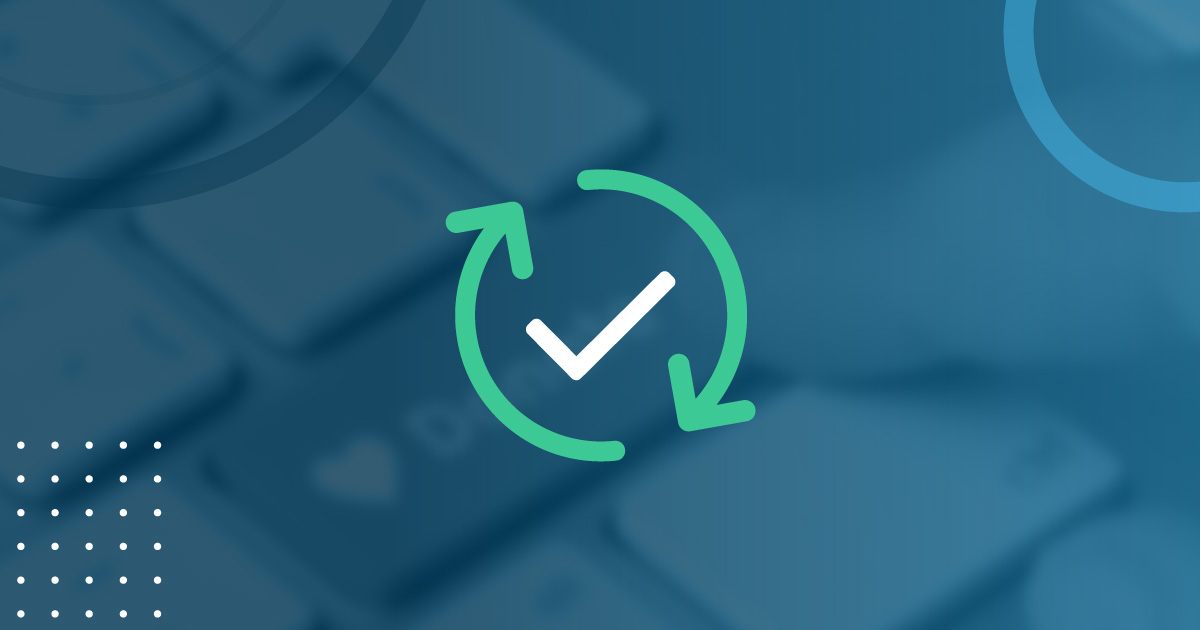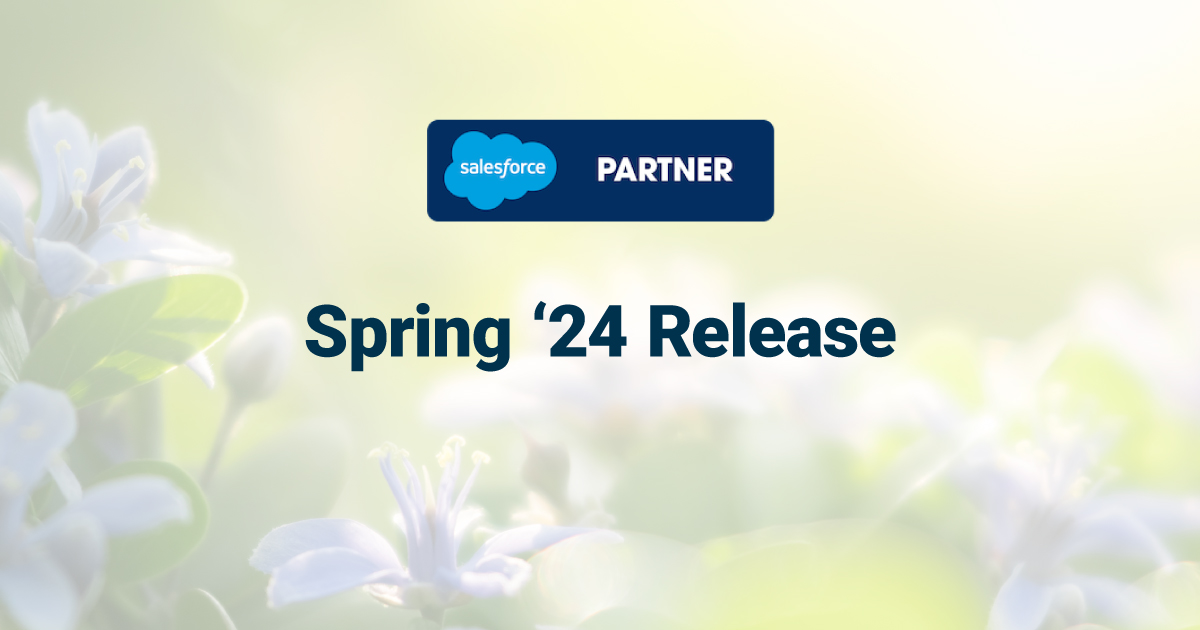What Does an Effective Salesforce Training Program Look Like?
You look at Salesforce as a be-all, end-all solution for your sales department. You have visions of everyone meeting sales quotas and enjoying higher productivity and happier employees. The reality is quite different. A Salesforce deployment doesn’t do all that on its own. Overlooking your Salesforce training program can be a fatal mistake for your Salesforce implementation.
Why Effective Training Makes or Breaks Your Salesforce Implementation
The sales department wants to focus on winning new accounts, not taking time away from its daily business activities to learn new software. Insufficient training leads to significant frustration from the end users. They go back to the pre-Salesforce systems because they can’t afford to experiment until they figure things out. An effective training program is critical to a successful deployment.
Tailored to Each Team and Department
Salesforce is a versatile platform with a wide range of functions. Your sales department may stick with the base implementation, while marketing might want to add Pardot into the mix. Use role-appropriate training material to deliver the most relevant information to each team and department. You get right to the features that matter while skipping over those that aren’t applicable to the end users’ work flows and needs.
Communicates the “Why”
Employees need to know why your organization decided to implement Salesforce. Without this piece of information, all they know is that they’re stuck in a classroom, and their project schedules are thrown off. Explain the benefits of this platform in a way that’s relevant to each training group. You might love all the features you get, but what the end users want to know is what’s in it for them.
Hands-On Exercises
You expect end users to become competent in using Salesforce in daily business operations. The “learning through doing” approach walks employees through each task and provides them with the opportunity to try functions themselves. These activities should match how employees will use the platform in their jobs.
Small Classes
Keep your Salesforce training classes small so each staff member gets an opportunity to ask questions and participate in discussions without being overwhelmed. The exact number varies based on your company’s needs and the instructor, but keeping a 1:15 ratio between the teacher and employees is a good starting point.
Allocate Enough Time
Salesforce’s flexibility adds to its initial learning curve, so a single training session may not be enough to keep your end users on track. Set a realistic schedule that allocates sufficient time for Salesforce skills mastery. Don’t worry about your end users learning every single detail they need for their job duties, but do focus on getting them most of the way there. They will pick up the rest over time, with repetition and familiarity.
Schedule Ongoing Training Opportunities
Salesforce adds new features and integrations regularly, so the platform you train end users on today may change drastically in a year. Pay attention to adoption rates, questions and other indications that your end users may be struggling with new additions to the software.
Trying to implement Salesforce without a comprehensive training program puts you on the path toward a failed deployment. Empower your people with the tools they need to win accounts, build relationships with customers and excel at their jobs.
Also published on Medium.
— Related Articles —
— Also on Galvin Tech —
Also published on Medium.













